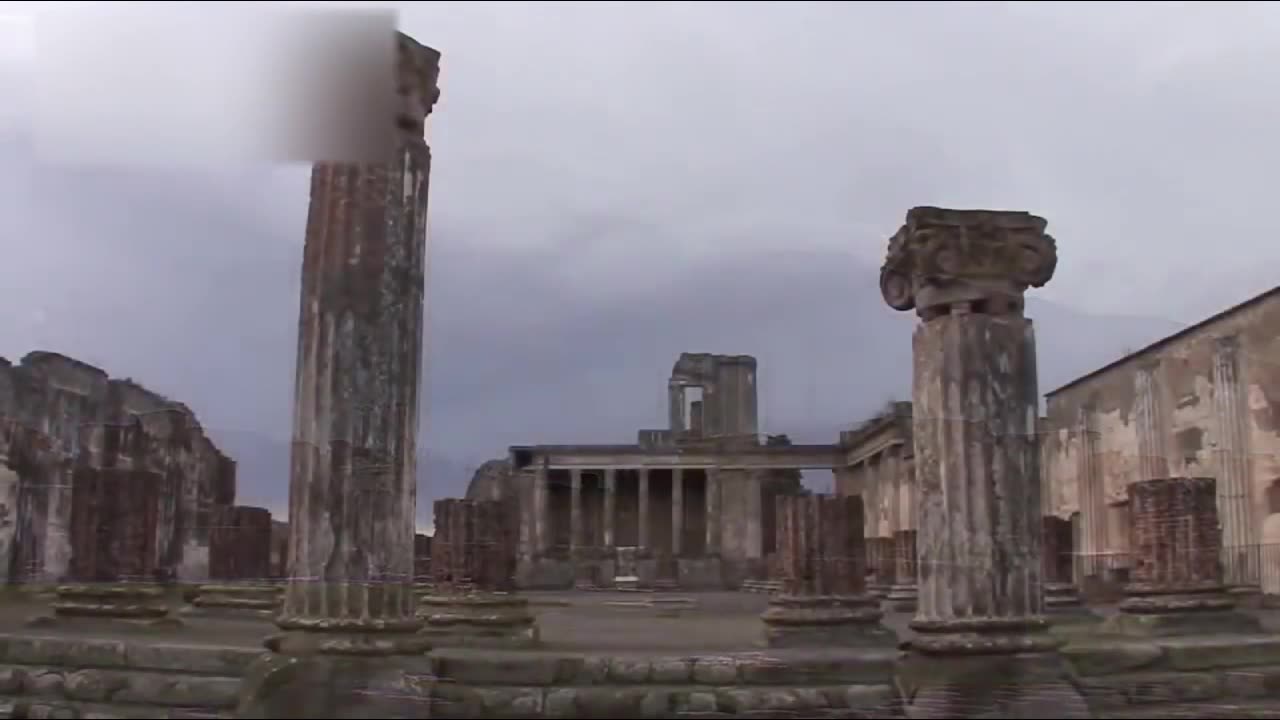Premium Only Content

UNKNOWN HISTORY OF POMPEII CITY
Pompeii is a fascinating ancient city that was located near modern-day Naples, Italy. Although it was destroyed and buried under layers of volcanic ash in the eruption of Mount Vesuvius in 79 AD, it was eventually rediscovered in the 18th century, revealing a remarkable snapshot of Roman life.
Pompeii was founded around the 6th century BC and became an important city in the Roman Empire. It was a thriving and prosperous community, known for its strategic location, fertile lands, and thriving trade. The city was home to a diverse population, including Romans, Greeks, and other cultures.
The eruption of Mount Vesuvius on August 24, 79 AD, was a catastrophic event that forever changed the course of history for Pompeii. The volcano unleashed a massive eruption, spewing a cloud of ash, pumice, and toxic gases into the sky. The falling ash and debris buried the city, preserving it in remarkable detail.
For centuries, Pompeii lay hidden and forgotten until it was accidentally rediscovered in 1748 by a group of explorers. Excavations began, and a treasure trove of ancient artifacts, buildings, and even human remains were unearthed, providing valuable insights into the daily life of the Roman era.
The remains of Pompeii revealed a well-planned and sophisticated city. Its streets were lined with shops, homes, and public buildings. The architecture showcased the wealth and opulence of the city's inhabitants. Lavish villas with intricate mosaics, frescoes, and beautifully adorned courtyards were discovered, offering a glimpse into the luxurious lifestyle of the wealthy Romans.
Pompeii also boasted a complex water and sewage system, public baths, theaters, and an amphitheater. The city had a thriving market, where traders sold a variety of goods, including food, pottery, and clothing. Temples dedicated to various gods and goddesses were scattered throughout the city, reflecting the religious beliefs of its inhabitants.
One of the most poignant discoveries in Pompeii was the preserved plaster casts of the victims who perished in the eruption. These casts were created by pouring plaster into the voids left behind by decomposed bodies, providing hauntingly detailed replicas of the city's inhabitants at the moment of their death.
The rediscovery of Pompeii has been crucial in expanding our understanding of ancient Roman civilization. It has allowed historians, archaeologists, and visitors alike to gain valuable insights into the daily life, customs, and architecture of the Roman era.
Today, Pompeii is a UNESCO World Heritage Site and a popular tourist destination, attracting millions of visitors each year. It stands as a testament to the power and unpredictability of nature and serves as a lasting reminder of the once-thriving city that was lost and later found.
-
 LIVE
LIVE
TheCrucible
1 hour agoThe Extravaganza! EP: 46 with Guest Co-Host: Elijah Schaffer (10/01/25)
4,682 watching -
 LIVE
LIVE
Kim Iversen
1 hour agoWas Tyler Robinson a Patsy? Deep Investigation Exposes the Plot Holes in the Kirk Shooting
1,132 watching -
 LIVE
LIVE
Dr Disrespect
6 hours ago🔴LIVE - DR DISRESPECT - 10 WINS ON CONTROLLER - BO7 TOMORROW
1,628 watching -
 22:48
22:48
Jasmin Laine
1 hour ago“They LIED to People”—Poilievre SLAMS Liberals as Auditor General CONFIRMS Vote-Buying Scandal
1798 -
 16:45
16:45
World2Briggs
2 hours agoTop 10 Dying Cities Everyone Is Leaving in 2026
682 -
 LIVE
LIVE
freecastle
5 hours agoTAKE UP YOUR CROSS- CHRIST will himself restore, confirm, strengthen, and establish You
293 watching -
 1:24:49
1:24:49
vivafrei
3 hours agoLive with Ben Bankas! Government Shut Down! Visa Revocation Unconstitutional! & MORE!
68.5K31 -
 1:28:26
1:28:26
Steven Crowder
7 hours agoThe Left is Violent | Change My Mind
544K1.52K -
 LIVE
LIVE
StoneMountain64
4 hours agoI played BLACK OPS 7, is "Call of duty BACK"?
93 watching -
 DVR
DVR
Stephen Gardner
46 minutes ago🔥SHOCKING Aftermath: Charlie Kirk FBI update + Is Candace Owens Helping Or Hurting?
8